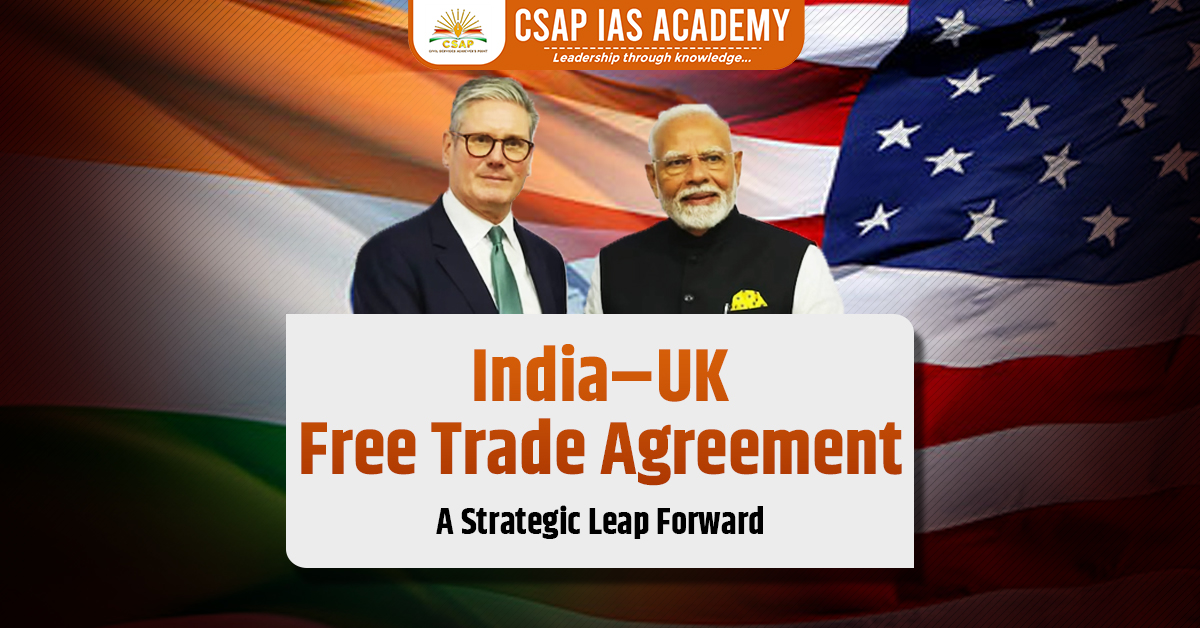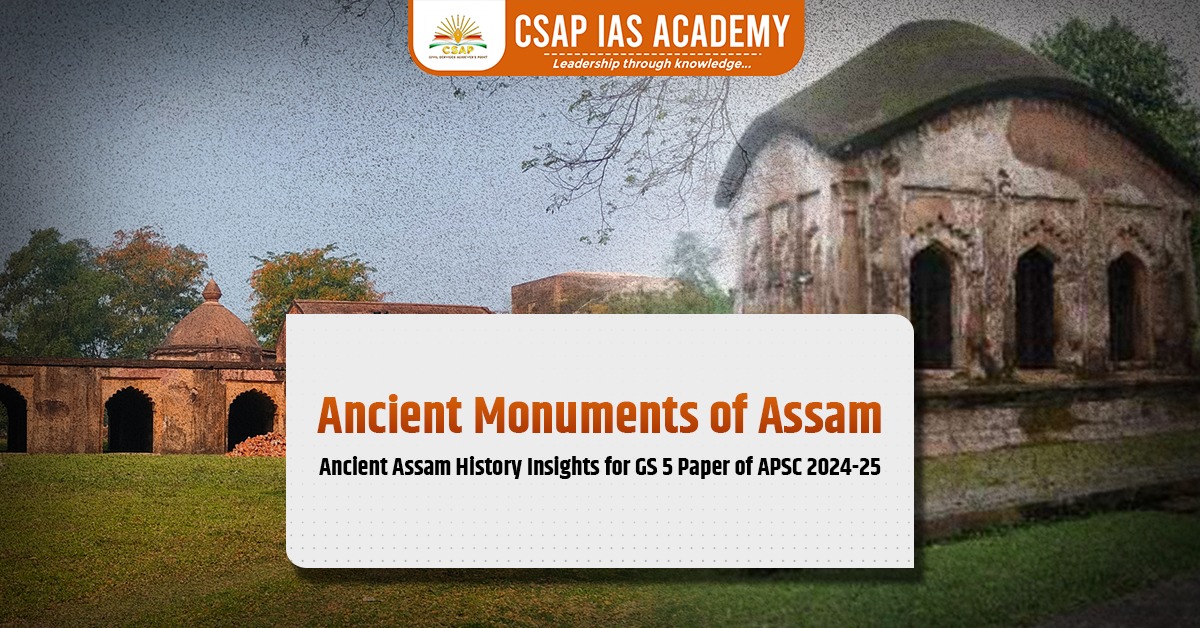In this blog, we will be discussing the recently concluded India–UK Free Trade Agreement (FTA)—a landmark development that signifies a bold step forward in India’s global trade diplomacy. We will explore the key features of the deal, sectoral impacts, projected trade benefits, labour mobility provisions, and the regulatory challenges that lie ahead. From tariff eliminations to social security exemptions, the India UK Free Trade Agreement is poised to reshape bilateral commerce and open new avenues for growth and cooperation.
Free Trade Agreement Finalized Amid Geopolitical Flux
On May 6, 2025, India and the United Kingdom concluded a landmark Free Trade Agreement (FTA), marking the culmination of years of negotiation. The agreement, signed at a time when India had just undertaken cross-border military operations, signals India’s strategic confidence and economic readiness. The Free Trade Agreement is expected to not only deepen economic ties but also position India as a serious negotiator in global trade diplomacy, especially in the eyes of the EU and the United States.
Boost to Bilateral Trade and Key Sectors
India currently enjoys a trade surplus with the UK. In FY 2024, exports to the UK stood at approximately US$13 billion, while imports were around US$8.4 billion. Key Indian exports include electrical machinery, nuclear reactors, pearls, garments, and precious stones. Indian sectors such as textiles, leather, footwear, engineering goods, and auto parts stand to gain the most from the tariff elimination on 99% of Indian exports. These are labour-intensive sectors, and the FTA is expected to provide a major fillip to employment generation.
Key Trade Statistics and Projections
| Indicator | Value |
| India’s exports to UK (FY 2024) | US$13 billion |
| India’s imports from UK (FY 2024) | US$8.4 billion |
| Tariff elimination for Indian exports | 99% of tariff lines |
| Expected annual increase in UK GDP | £4.8 billion |
| Expected annual trade increase (bilateral) | £25.5 billion |
| Expected UK wage increase annually | £2.2 billion |
| UK tariff lines eligible for immediate duty-free | 64% (worth £1.9 billion) |
| UK tariff lines eligible over 10 years | 85% |
| Indian professionals covered by social security exemption | Up to 3 years |
Labour Mobility and Social Security Exemptions
One of the most significant achievements for India under this FTA is the social security exemption for Indian professionals temporarily posted in the UK for up to three years. This provision, under the Double Contribution Convention, ensures that Indian service providers do not have to pay dual social security contributions, leading to substantial financial savings. While this has been criticised in the UK as creating a “two-tier” tax system, it is seen in India as a major competitive advantage, particularly for sectors like IT and hospitality.
UK Market Access and Long-Term Projections
The UK will see 64% of its exports to India become tariff-free immediately, covering goods worth £1.9 billion. This will eventually rise to 85% of tariff lines over the next decade. UK exports expected to benefit include food items like salmon and lamb, as well as aircraft parts, scientific instruments, chocolate, biscuits, soft drinks, and medical technology.
A Grant Thornton study cited in the agreement suggests that 42% of UK businesses without a current presence in India plan to enter the Indian market, highlighting India’s growing attractiveness as a trade partner.
Regulatory and Environmental Challenges
Despite the ambitious goals, challenges remain. India’s average tariff rates remain the highest among G20 nations, and the services market continues to be among the most restrictive globally. Moreover, India’s regulatory landscape is often seen as unpredictable, which has historically deterred UK businesses. Additionally, there is no exemption from the UK’s proposed carbon tax, which could affect Indian exporters from carbon-intensive industries.
Conclusion: A Balanced, Strategic Agreement
The India–UK Free Trade Agreement represents a matured and calibrated shift in India’s trade policy. Unlike earlier FTAs, where domestic industries were often left exposed, this agreement reflects a balance between trade liberalisation and strategic protection of key sectors. While the complete agreement text is yet to be released, the initial contours suggest a major step toward India’s vision of becoming a global economic powerhouse. The next phase will depend on how swiftly Indian industry can adapt, compete, and leverage this opportunity for long-term gains.
Read: Operation Sindhu Explained
Download App:









